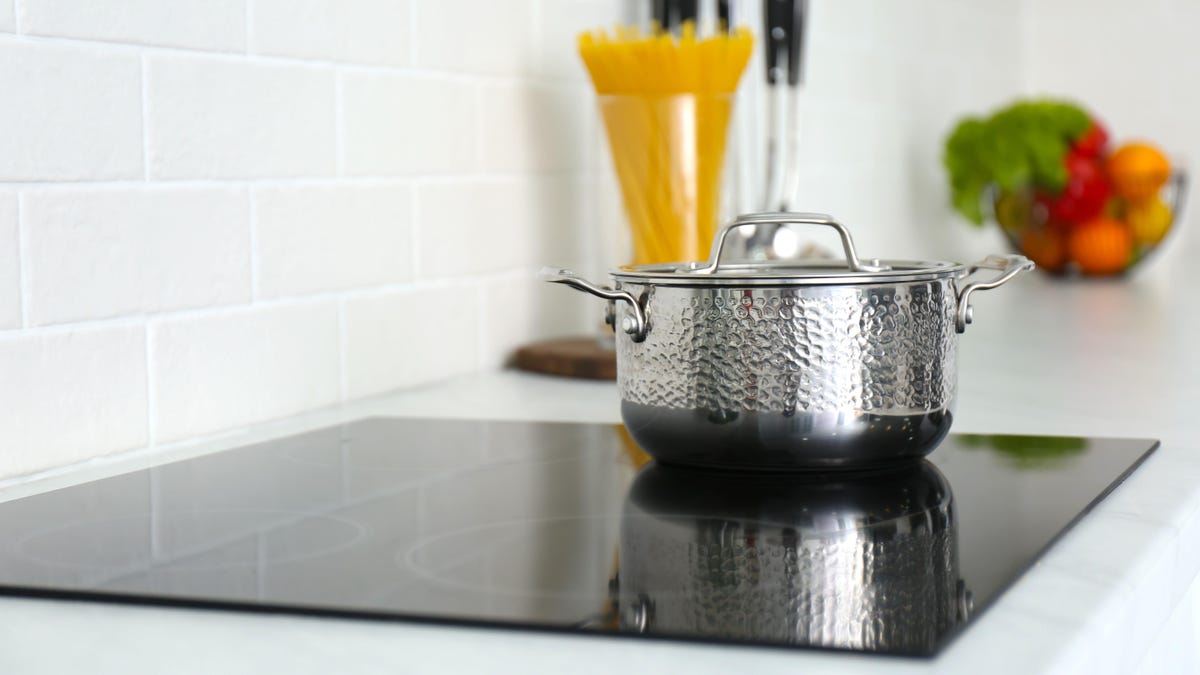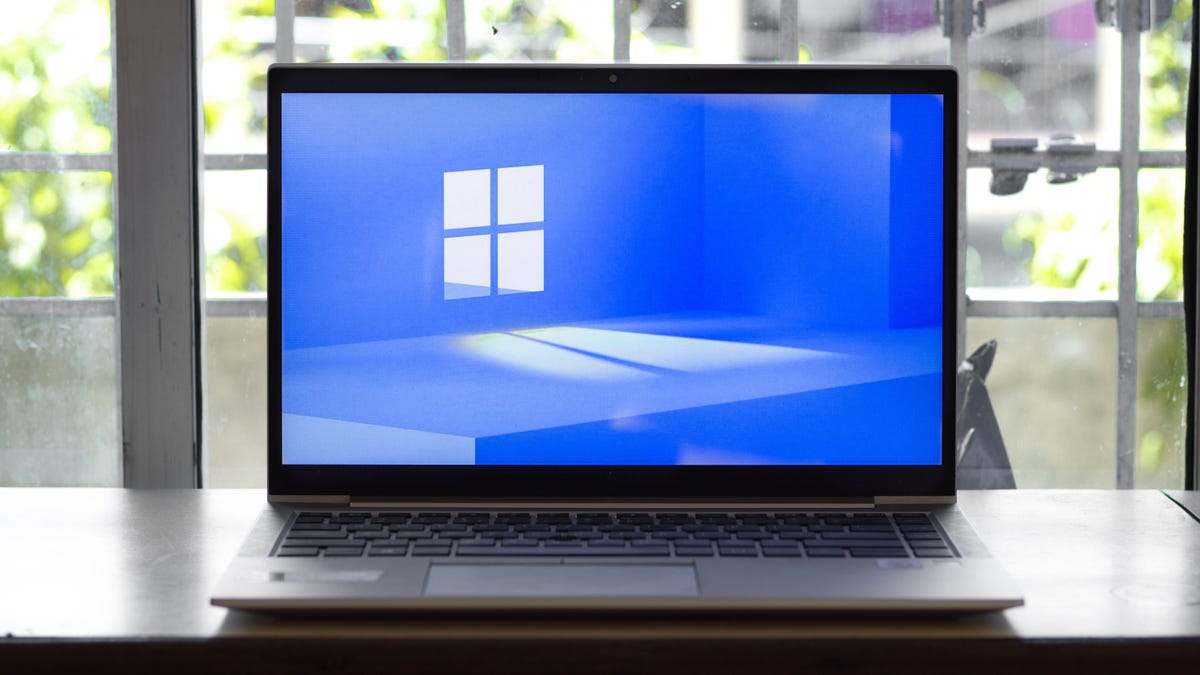Anyone Can Make This Simple Roast Turkey
Or, how to do practically nothing and still come out as the hero of the holiday.Or, how to do practically nothing and still come out as the hero of the holiday.


Credit: Alisa Stern, Ian Moore; Getty / Tetra Images / Tetra images
Thanksgiving has a reputation for endless brining methods, divisive side dishes, and argumentative relatives. It’s no wonder hosting can be stressful. Unless you’ve got The Right Stuffing, that is. This series is devoted to all things related to the Thanksgiving meal, and it will help you create dishes that appear on your table year after year—even if it can't help you manage your relatives.
You can fuss over a turkey in a million different ways, but I don’t. With all due respect to the delicious turkey recipes and clever turkey-cooking techniques we have featured on this site over the years, I make our family bird every year by doing as little as possible, and I always get compliments on how pretty it looks and how good it tastes.
In this post, I’m going to walk you through the process. Follow these instructions, and you’ll have a basic bird that comes out with juicy meat and crispy skin, while allowing you plenty of time to either relax or make extra side dishes—whichever suits your personality.
What you need to buy
First, the turkey. Aim for 1.5 pounds of turkey (raw weight) for each person on your guest list. Remember, the turkey you buy includes bones and giblets, so that’s not 1.5 pounds of meat. If you’re expecting 12 people, a 12-pound turkey will just barely feed them, while a 24-pound turkey will give you lots of leftovers. An 18-pounder (12 people times 1.5 pounds) provides generous helpings and is arguably the ideal size.
You may notice, when you go to the turkey store, that turkeys come in two sizes. The hens are small, often 10 or 12 pounds. And the toms are big, often 20 or more. So you may have to go with a smaller or larger turkey than would be ideal. Make up for a small turkey by asking people to bring plenty of side dishes; deal with a large one by sending everyone home with leftovers.
Other things you will need to roast a basic turkey:
A thermometer, ideally an instant-read digital thermometer. We have a guide to thermometers here. This isn’t going to break the bank, and you will get plenty of use out of it, so don’t skip this item. You need it.
Some kind of pan to roast it in. A deep roasting pan is traditional, but you can also use a wire rack in a rimmed baking sheet. Personally, I use a roasting pan minus the lid.
Aluminum foil, to protect the bird’s skin if it starts browning too fast.
Butter, to smear all over the turkey. Get two sticks of butter unless your bird is a very small one.
Herbs and seasonings of your choice, to mix in with the butter. I like to throw some onions and celery into the bottom of the roasting pan as well.
Optional: a ladle or turkey baster, not to baste the turkey (we won’t), but to retrieve drippings for gravy.
One week ahead of time: Make a plan to defrost your turkey
If you bought your turkey frozen, you’ll need to start thawing it well in advance of the big day. Put your turkey in the refrigerator for one day for every 4-5 pounds. Expect a 12-pound turkey to take about three days to thaw; a 20-pound turkey, five days.
On Thanksgiving morning, check on the turkey bright and early. If it’s still frozen, don’t panic. You have two options:
A cold-water thaw, changing out the water every 30 minutes. To do this, place the entire turkey, still in its plastic wrap, into your kitchen sink or another suitable large container (even a bathtub). Expect this to take 30 minutes per pound.
Roast it anyway. It’s fine to roast a frozen turkey, but it will take up to 50% longer. That means if you were expecting to roast your bird for four hours, and it’s fully frozen, expect it to take six. If it’s mostly thawed, it will take longer than four hours but less than six.
Optional but recommended: Make a compound butter the day before
Sometime in the couple of days leading up to your big feast, make a compound butter. What to put in it is up to you, but you’ll be glad you made it. Here’s how:
Take your two sticks of butter out of the fridge to soften.
When soft, use a spoon to smash in some chopped garlic, dried herbs, fresh herbs if you have any (chives are great), or even just a plain ol’ poultry seasoning blend from the grocery store. Want to get fancy? We have flavor ideas here.
Put the lump of soft, flavorful butter into a baggie (you can kind of shape it into a log) and toss it in the fridge until Thanksgiving morning.
Once the butter has softened, it takes all of five minutes to mash it together with the herbs, and you’ll look like some kind of gourmet chef when you tell people you rubbed the turkey with a handmade compound butter. Not sure which herbs to go with? Hum Simon and Garfunkel as you raid the spice rack: “Parsley, sage, rosemary, and thyme…”
If somehow you forget this step, your turkey will be okay with just plain butter. (If I may tell you a secret: It will also be basically okay without the butter.) I like making the compound butter because it gives me something to do the night before, and I can put a child on this detail if they are looking for a way to “help.”
How long does it take a turkey to cook?
There are differences of opinion in what works best, so just know that if you are comparing times across turkey-cooking charts, make sure you’re looking at the numbers for a whole turkey (not a breast or other parts) and that you want it unstuffed.
We will not be stuffing today’s turkey. You can make a pan of stuffing separately, if you like. Or, better yet, assign somebody else to make it in their oven and bring it over while it’s still hot.
Here are the times recommended by the USDA for a turkey cooked without stuffing in a 325°F oven:
8 to 12 pounds: 2:45 to 3 hours
12 to 14 pounds: 3 to 3:45
14 to 18 pounds: 3:45 to 4:15
18 to 20 pounds: 4:15 to 4:30
20 to 24 pounds: 4:30 to 5 hours
Work backwards from the cooking time to determine when to put the turkey in the oven. Here’s the formula:
Cooking time PLUS 30 minutes’ resting time = total time between when it goes into the oven and when you can serve dinner.
Remember that it will take some time to get everything out of the fridge and prepped for the oven—I’d budget at least 30 minutes for that.
So if you have a 20 pound bird and want to eat at 4 p.m., you will need about four and a half hours for cooking, plus half an hour on either end for prep and resting. That’s five and a half hours total, which means we’ll want to be buttering our turkey at 10:30 a.m. and it should be in the oven by 11 at the latest.
We might aim to get it in a smidge earlier to be safe, say 10:45 a.m. If you have to choose, it’s better to have the bird ready a little bit early (it can just rest a little longer) than to keep hungry guests waiting.
How to prepare a turkey for the oven
On Thanksgiving morning, before you start getting everything ready, take your turkey out of the fridge. Also take the compound butter out of the fridge to soften. The following steps will go a lot better if everything has had a chance to warm up for half an hour or so before you start.
First, get yourself a nice clear space to work in. You do not need to rinse the turkey. You do want to avoid splattering raw turkey juices all over the place. This often means opening the turkey in a clean sink and transferring it to a roasting pan right next to the sink. Then you carefully throw out the wrappings and wash your hands.
Your turkey will probably come packaged with a little plastic bag of giblets, and probably also a neck. If you don’t find these inside the big cavity at the bottom of the turkey, go ahead and stick your hand in the top (you’ll have to lift up the neck skin, which tends to drape over the neck opening).
Then we assemble our roasting pan:
Optional: Place stalks of celery, carrots, and a quartered onion or two at the bottom of the pan.
Not optional: Place the turkey in the pan, breast side up, legs not trussed or tied or bound together in any way. Let them fly free. The turkey will take so much longer to cook if the legs are bound. Note that sometimes the turkey will come with the legs tucked into a strap of skin near the tail, so if your turkey looks like it’s sitting criss-cross applesauce, make sure to free them.
Optional: Place the giblets and neck in the pan, next to the turkey or in the body cavity. They’ll add flavor to the gravy. (Take the giblets out of the bag, of course.)
Technically optional but highly recommended: Smear butter all over the turkey, ideally the compound butter you made last night. If you don’t have that handy, regular butter will do. And if you don’t have that, at the very least sprinkle some salt and pepper or poultry seasoning all over.
I like to smear the butter over the breast skin and legs, and then I’ll make a pocket under the breast and stuff any extra butter in there. If you forgot to soften the butter, you can melt it in the microwave. And if you have extra, put it in the cavity.
Finally, if you have a leave-in thermometer of any sort (such as a wired thermometer or a bluetooth thermometer), stick that in the breast, as deep as you can go without touching bone. This is for monitoring the bird as it cooks. When time is up, you’ll use your instant-read thermometer in several places to confirm the bird is done. And if that bird has a pop-up thermometer button? Take that sucker out and throw it in the garbage.
What to do while the turkey is in the oven
This is the easiest part. Once the bird is in the oven, you do nothing. After a few hours, take a peek to see how the skin is browning. If it gets crispy and dark before the bird is anywhere near done, “tent” it with foil (meaning you put a piece of foil loosely over the breast).
To facilitate my doing of nothing, I like to use a bluetooth thermometer so I can monitor the temperature from the couch in the living room. People will say “shouldn’t you be watching the turkey?” and I’ll look at my phone and tell them it’s on track to be done by 4.
No, I do not baste it. Basting is overrated. I let the oven and the butter do their work. If the pan seems dry mid-cooking, I’ll add a half a cup of water just to make sure there will be enough liquid to collect drippings for gravy. But that’s adding water to the pan, not drizzling it over the bird. You don’t need to, I promise.
While the bird is cooking, I strongly recommend doing some organizational work. Make a checklist of every dish you plan to bring out to the table, and begin working on anything that can be done ahead of time. If somebody wanders into the kitchen and asks if they can help, give them a job.
While you’re at it, make a to-do list for those hectic 30 minutes after the turkey leaves the oven and before everybody sits down to eat. Maybe during that time you’ll be making a gravy, or warming up a side dish in the oven. Get everything ready so things can go smoothly when the time comes.
How to know when a turkey is done
A turkey is done when you can insert an instant-read thermometer into the breast, the innermost part of the thigh, and the innermost part of the wing, and all of those locations read at least 165°F. (The temperature will continue to rise as the bird rests, so it’s OK to take it out when it’s a few degrees shy of the target, but I don’t want to overcomplicate this. If you want a simple rule, 165 is the number you’re looking for.)
Again: Ignore the pop-up thermometer. Pop-up thermometers are designed to pop at about 180 degrees, which means your breast meat may be very dry and firm. Some people like that texture; that’s why the device was designed that way. (Many people do not.) Your choice of doneness is up to you, but for food safety reasons, you only need the meat to hit 165 degrees.
Pop-up thermometers also aren’t consistent; occasionally you’ll get one that pops before the turkey is done. And you’ll want to check that the turkey is cooked everywhere, not just in one spot on the breast. Don’t trust that button at all.

Credit: Beth Skwarecki
How to rest a turkey
Once the turkey is done, you take it out of the oven and let it “rest” before you attempt to carve it. The USDA recommends letting a bird rest for 15 to 20 minutes; many cooks prefer 30 minutes or more. I’ve seen recommendations to let a bird rest for hours, which I cannot endorse. I’d budget 30 minutes.
Why not hours? Once the bird’s internal temperature drops to about 140°F—which will normally happen during carving—the bird should be eaten and leftovers put in the fridge within two hours. If you really want to push it, three or four hours is technically acceptable, but that four-hour mark is a hard stop, OK? People could get sick.
During the turkey’s resting time, you can make a gravy, either from scratch or by adding pan drippings to a store-bought or made-ahead gravy starter. We have a basic gravy recipe here: It’s just roux (a mix of flour and butter) combined with a flavorful liquid such as stock or the watery (bottom) layer of your pan drippings.
Otherwise, your job as the Roaster of the Turkey is done. Make sure to get a photo of your beautiful turkey, and assign someone else to carve it. Refer to your checklist to be sure that everybody’s side dishes make it to the table, and you’ll look like some kind of hero who just pulled off the hardest job of the holiday.

 Tekef
Tekef 
































